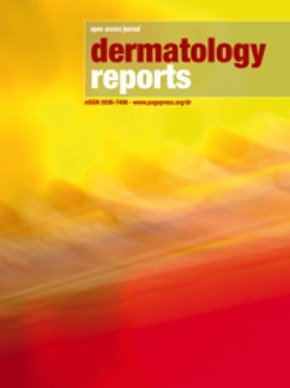Topical minoxidil reported hair discoloration: a cross-sectional study
All claims expressed in this article are solely those of the authors and do not necessarily represent those of their affiliated organizations, or those of the publisher, the editors and the reviewers. Any product that may be evaluated in this article or claim that may be made by its manufacturer is not guaranteed or endorsed by the publisher.
Authors
Minoxidil is a widely utilized medication androgenic alopecia. An original investigation on its potential to cause hair darkening in treated people is lacking. We conducted an observational study using two face-validated questionnaires that dermatologists altered to assess minoxidil’s hair discolouration risk. This Saudi Arabian survey collected data in October and November 2022. One questionnaire targeted the population, while the other targeted dermatologists. Survey 1 included 453 patients, 56.7% of whom were 18-24 and mostly female. It’s interesting that 26% (n=118) detected hair greying and 14.8% (n=67) noticed other color changes. With P-values of 0.0001, longer-term minoxidil users and those with a family history of hair greying had higher hair discolouration. Dermatologists completed Survey 2 (57 participants). Nearly 60% of dermatologists have ten years of experience. 42.1% of dermatologists saw grey hair after minoxidil use. 17.5% of doctors blame minoxidil for hair graying. This observational study examined the data of over 400 patients to determine if minoxidil could cause hair discoloration. Based on the data, we hypothesize that this drug may cause hair discoloration with prolonged use and in people with a family history of hair greying.
How to Cite

This work is licensed under a Creative Commons Attribution-NonCommercial 4.0 International License.








